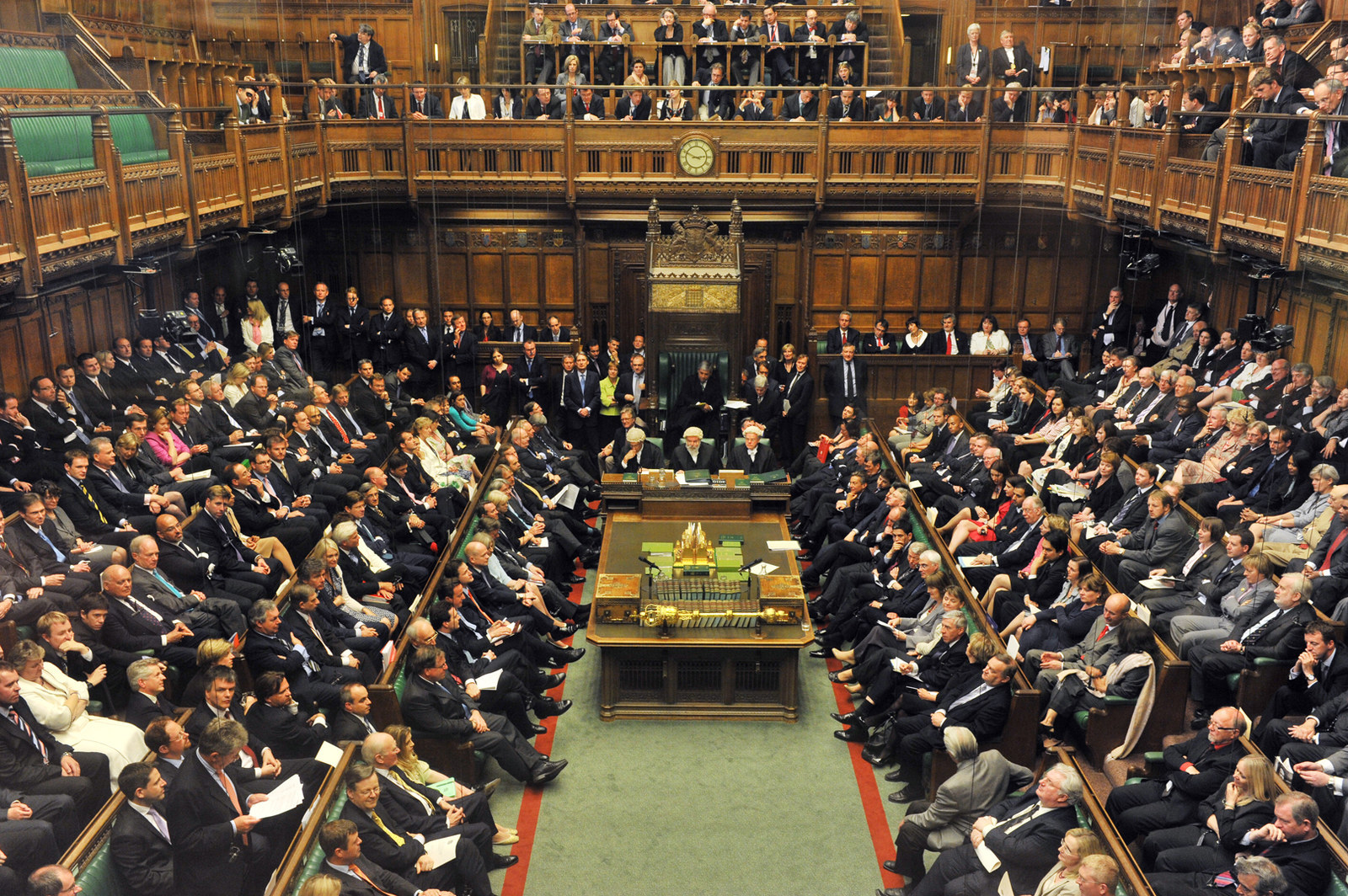
Click to see the full-size map
Written by Stoyan Panchev; Originally appeared at A-specto, translated by Valentina Tzoneva exclusively for SouthFront
After the post-referendum shock, all eyes turned to the internal politics of the United Kingdom. We all wait to see how, who, when and whether there will be a Brexit. From all these questions, the second should be prioritized – who will be the new leader of the Conservative Party, and thereafter, the new leader of government, who will take the vote for exiting the European Union through the Lower and Upper Houses of Parliament and start negotiations with the European leaders about how exactly the exit will take place.
It was a big surprise when the Justice Minister, Michael Gowe, through a series of cunning political maneuvers, made the favorite for the post of Prime Minister, Boris Johnson, to fold his banners and give up the competition. The clouds are getting darker over the leader of the opposition, Jeremy Corbin, who is under attack from different wings in his party, after his passive performance during the campaign before the referendum. Although important, these quakes are nothing compared to what is to come for the complete structure of the British political system, according to a number of observers.
We are talking about the so-called re-arrangement, which takes place every 40 to 50 years; coalitions of different interests participating in the major parties in the countries break up in order to get arranged in a new proportion, often resulting in the formation of new parties or the collapse of old parties (a classic example is the disappearance in the 20th Century of the powerful in the 19th Century Liberal Party). The signs are clearly visible – the Labor Party lost most of its MPs from Scotland, the Conservatives are absolutely divided regarding the question of the European Union, the party of Farage collects the votes of the white British working class, which demonstrates the huge difference between the educated city elites and the voters from northern England, which until recently, were the two biggest wings of the Labor Party. A clash between the Brexiters is coming with regards to the future of Britain after exiting the EU.
This is how the British historian, Steven Davis, sees the four new groups after the big reshuffling:
- A radical left group, which accepts Brexit (the major part of the Labourist programme up to the end of the 80s), is searching for a stronger role of the state with additional pronounced ‘green’ elements. In other words, the wing of Corbin plus the ‘greens’. They will be the urban residents, state officials and some members of the minorities – about 15% of the votes.
- A group consisting of the present Labour MPs, liberal democrats and the most pronounced pro-EU conservatives. The major thesis would be to prevent Brexit from happening or in the worst- case scenario, to search for participation in the European economic space – in other words, the wing of the status quo. The people from the upper-middle class of the cities, the young professionals, a big part of the minorities, the citizens of London and Scotland are in this group of about 30%.
- The third group consists of members of the Conservative Party and UKIP, who will fight for more distant relations with EU and more radical strategy for free-markets and free trade. Their major internal debate will be the question of immigration. It would be similar to the previous group, but including the richer citizens of the provinces, parts of the business sector and highly-paid specialists without tertiary education – around 25% of the voters.
- A group consisting mainly of voters of UKIP, some Labourists and Toreys and strongly-supported by the former Labour electorate. They will fight for strongly-expressed nationalism (including economic), protectionism and serious control of migration. Here we see the former industrial regions, some minorities, and socially-conservative citizens of the provinces – 30%.






this is a good analysis but the author needs a spell checker especially for names.